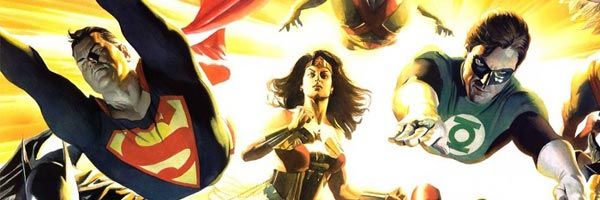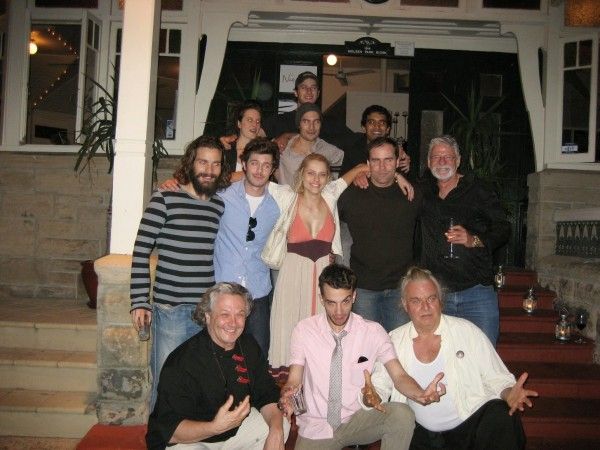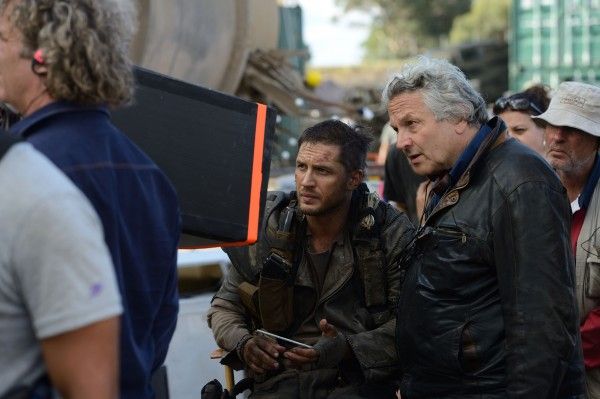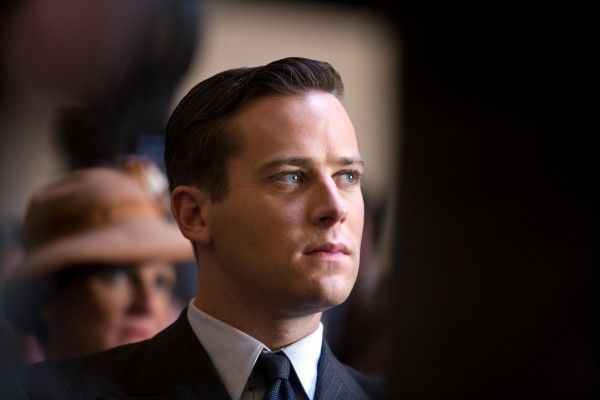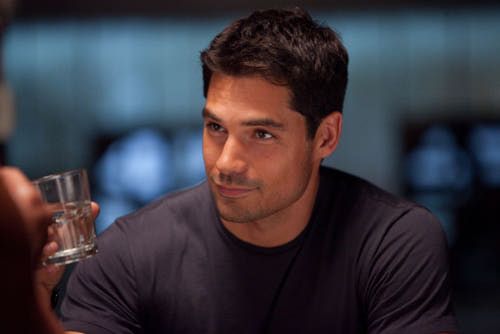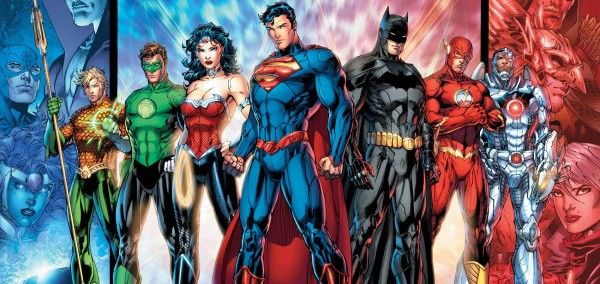[Alternate History is a new feature in which we take a closer look at some of the bigger “What Ifs” of the movie world.]
Marvel and DC have been at war for decades. But whereas most of their previous battles took place in the pages of comic books, the new front is now the world of mega-budget superhero movies, and Marvel has a very, very big lead. DC—by way of its home at Warner Bros.—is currently in “catch up” mode, hoping to explode its own interconnected universe of films with next year’s Batman v Superman: Dawn of Justice, whose very title makes clear the fact that it’s a prelude to a two-part Justice League event. But things almost turned out differently on the DC side. Very differently.
In 2007, following the success of Batman Begins and the disappointment of Superman Returns, Warner Bros. was unsure how to proceed with its bevy of comics properties. Christopher Nolan was developing what would become The Dark Knight, but WB was noodling around with the idea of culling its slew of popular characters together in a Justice League film. This would exist separately from Nolan’s films with Christian Bale not playing Batman in both movies, and would hopefully spinoff a series of other superhero movies for the future.
In September, George Miller—the inventive filmmaker behind the Mad Max films and the highly regarded Babe movies—signed on to direct a Justice League picture. The budget was set at $220 million, filming was poised to take place entirely in Australia, and Miller assembled an incredibly exciting cast:
- Armie Hammer as Batman
- DJ Cotrona as Superman
- Adam Brody as The Flash
- Megan Gale as Wonder Woman
- Common as Green Lantern
- Teresa Palmer as Talia Al Ghul
- Santiago Cabrera as Aquaman
- Zoe Kazan as Iris Allen
- Hugh Keays-Byrne as Martian Manhunter
- Jay Baruchel as villain Maxwell Lord
Things looked to be going swimmingly as the cast assembled and set construction was underway until suddenly it all went belly up. The Writers Strike hit, forcing Warner Bros. to release the options it had on the cast. Then the Australian Film Commission denied a hefty tax rebate to the studio, forcing even more delays. Eventually, The Dark Knight opened to massive acclaim thus further complicating the “two Batmans” issue, and Warner Bros. scrapped the project altogether.
But what if they hadn’t?
Let’s say George Miller’s Justice League didn’t only make it to production, it opened in theaters to be a big success. How would that have changed things to come?
Let’s start with its effect on Nolan’s franchise. If Justice League had hit its target release date of 2009, that would position it after the success of The Dark Knight. Warner Bros., wanting to keep Christopher Nolan happy and also riding on the immense critical success of that film, probably would’ve still allowed Nolan to complete his trilogy separate from Justice League, but possibly with a request that it conclude in a way that allowed for Hammer’s Batman to conceivably exist in a franchise without Nolan at the helm.
So if Hammer is Batman and that role takes off, maybe this saves him from the misguided The Lone Ranger, but if that’s the case then it also means maybe he’s too big a star to land the key roles of the Winklevi in David Fincher’s The Social Network. No matter, the dude’s still Batman.
But, if Justice League is a hit, would Warner Bros. move forward with a new Batman franchise so close to the conclusion of Nolan’s? Probably not. Instead, maybe we get a World’s Finest movie with Hammer’s Batman and Cotrona’s Superman teaming up. That would keep the stars happy and also maintain the momentum from Justice League. More likely, though, WB would have seized the opportunity to launch a new Superman franchise after a false start with Superman Returns. Cotrona is our new Man of Steel, meaning the Nolan-produced reboot never happens because David S. Goyer isn’t sitting around dreaming up ways to create a new Superman movie—it already exists.
And what of George Miller? Justice League was to be his first live-action film since 1998’s critically hailed Babe: Pig in the City, and judging by the response to Mad Max: Fury Road, he was more than poised to return to the world of massive canvas filmmaking. It’s possible Warners then signs him to return for Justice League 2, putting him in a position not dissimilar from that of Joss Whedon at Marvel. Could we have lived in a world where Warner Bros.’ DC Universe was being shepherded by George Freaking Miller? It’s quite likely.
Speaking of Marvel, how would the success of Justice League impacted the folks over at Marvel Studios? If WB’s film comes out in 2009, that puts it about a year after Iron Man and The Incredible Hulk, and a year before the disappointing Iron Man 2. One of the reasons that Marvel was able to enjoy so much success was because its films were fun and colorful in contrast to Nolan’s Bat movies—they offered something different. But Miller’s vision for Justice League was considerably lighter than Man of Steel, so it’s possible DC’s series of films could have dampened some of Marvel’s momentum. Maybe, instead of Marvel ruling all, they’re in an intense box office battle with a series of DC films that are also doing well. In that case, it’s possible that years of one-upsmanship could have brought about a serious case of superhero fatigue, and Marvel and DC each bring out their big guns much earlier.
But alas, none of this was meant to be. George Miller’s Justice League didn’t happen, and instead Warner Bros. took a few years to decide how to proceed. They finally settled on continuing the tone of Nolan’s films with Man of Steel, and Zack Snyder is now the de facto leader of the DC Universe as the director Batman v Superman and his own two-part Justice League saga that’s sure to be considerably different than Miller’s iteration.
Is the world better off without George Miller’s Justice League, or would we have benefitted from an injection of color into the DC palette? Would Marvel Studios still be the behemoth it is today if WB had gotten things right in 2009? These are questions that we can’t answer definitively because real life doesn’t allow for interdimensional travel (yet). It sure is fun to consider the possibilities, though.

